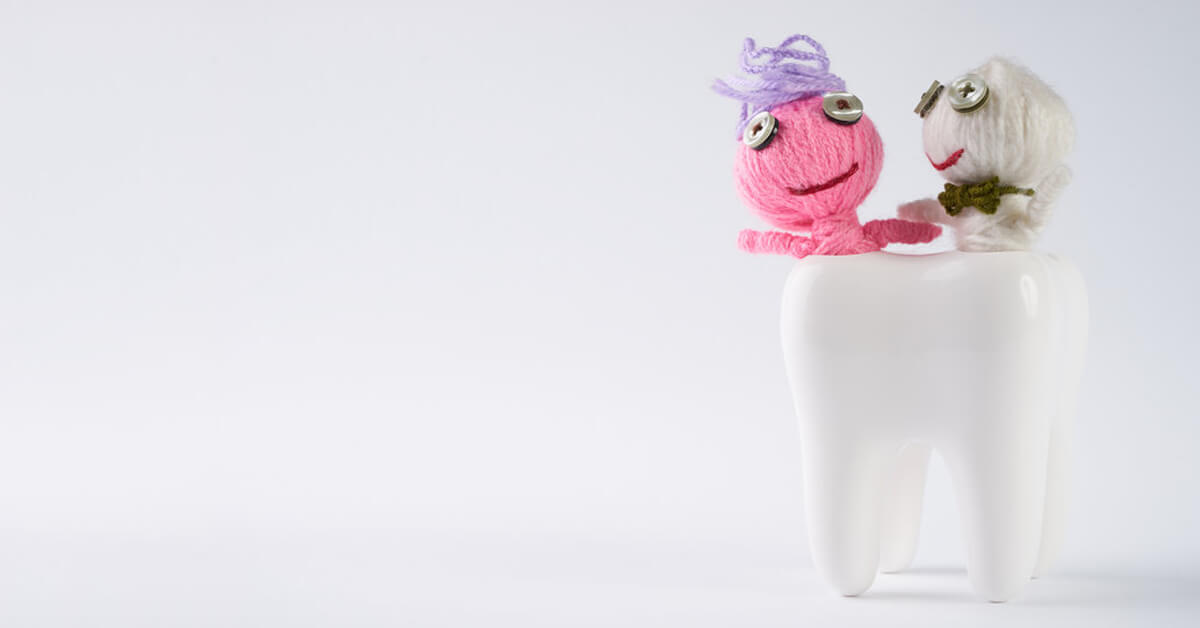
When you go to the dentist with a cavity, the first thing that comes to mind is a dental filling.
The experience of tooth decay is mostly associated with getting it fixed. That’s why you go to the dentist, to get that dental filling. Job done. Right?
But have you ever thought of why you got the decay in the first place?
Many people today are looking for natural remedies for tooth decay.
Oral probiotics benefits may just help you heal teeth naturally.
If you’re wondering how probiotics benefits can help your teeth. Let me explain.
In your mouth lives many, many bacteria, called your oral microbiome. Your oral microbiome and tooth decay are closely connected. Your oral flora manages the health of your mouth. Oral probiotics also help to maintain a healthy microbial balance in your mouth. They can help you to prevent tooth decay.
In this article, we will look at how you can use oral probiotics to help prevent tooth decay naturally.
Tooth decay is a microbiome imbalance
Tooth decay is one of the most common chronic diseases in children. The problem is we’ve been looking at it the wrong way. For a long time, we’ve known it’s caused by bacteria. However, our story is incomplete. We just thought that harmful bacteria infected and damaged our teeth.
The Human Microbiome Project has provided a better understanding of the trillions of microbes living in our bodies. The oral microbiome shows us that an imbalance in the oral flora causes tooth decay. NOT an infection of ‘bad’ bugs.
Your oral bacteria perform crucial tasks. Oral probiotics can help boost these microbes and promote good health.
Let’s look at how tooth decay really happens.
How Diet Changes Your Oral Microbiota
In your oral and gut microbiome, there are thousands of bacterial species. Each has different traits and roles in the mouth.
Within the oral microbiota, there are ‘fast eaters’ and ‘slow eaters’. ‘Fast eaters’ gobble up very simple, small food molecules, e.g. simple carbs like sugar. ‘Slow eaters’ prefer to eat complex carbs or ‘fiber’.
In nature, simple sugars are bound up in fiber casings (like a vegetable or fruit). Your slow eaters break down the casing and finally release the simple sugars. However, when we eat refined sugars and carbs, this doesn’t happen. The balance in your mouth is disrupted.
The 2-Step Bad Guys of a Dental Cavity
When you get a hole in your tooth, it’s due to ‘bad’ bacteria. But these guys are always in your mouth. These microbes are streptococcus mutans and lactobacilli.
Step 1: Strep Mutans and Tooth Decay
Strep mutans are fast eaters and prefer to eat simple sugars. When you feed them sugar, they eat it and produce acids. These acids change the pH of the mouth. This pH chance can result in calcium being pulled from your teeth. Strep mutans breaks your tooth open and burrows in, starting stage 1 of tooth decay.
Strep mutans is the most recognized oral pathogen, but there are many more. Other forms of strep include numerous species in the viridans strep group. Together with Actinomyces spp., they play help invade your tooth surface via dental plaque. This eventually causes tooth decay.
Strep mutans creates an acidic, low oxygen environment in the lesion. This fuels the decay and attracts select species of lactobacilli from food or the oral flora.
Step 2: Lactobacilli and Tooth Decay
After strep mutans have done the groundwork, lactobacilli bacteria take over.
Certain lactobacilli are seen as a marker for dental caries. They usually live on the surface of the tongue.
Normally, they exist in the mouth without causing problems. They are barely detectable in your saliva when you’re healthy. However, research proved long ago that the more simple carbs you eat, the more lactobacilli you will have in your mouth.
After strep mutans breaks the tooth surface, lactobacilli join them and deepen the hole in your tooth. Once there, lactobacilli thrive – and may even oust strep mutans.
Lactobacilli from decay can be swallowed and seeded in the digestive tract. This is how tooth decay may cause diseases all over the body.
Reality Check: To Prevent Tooth Decay We Need To Act Early
While we can identify these two steps leading the process of tooth decay, in reality, it has many more.
By focusing only on these harmful bacteria, we miss the real cause of tooth decay. The real cause is a change in your oral microbiome.
The oral microbiome is made up of around 700 species. They all interact, much as plants and animals in an environment such as the rainforest do.
Although we don’t fully understand the oral microbiome, we do know that diversity equals health.
When harmful bugs take over, it’s because that diversity has been lost.
So, how does this happen? The main culprit is your diet.
Both strep and lactobacilli are present in your mouth when you’re healthy. But feed them too many simple sugars and they start to grow.
To keep them at bay, then, you need to reduce your intake of simple sugars. BUT you also need to feed and replace the other microbiota in the oral flora. These ‘good’ bugs help keep the harmful ones in check. It’s all a question of balance.
And this is where oral probiotics can help you fight tooth decay.
Biofilm and Oral Probiotics Benefits to Prevent Tooth Decay
The benefits of oral probiotics are linked to the role of oral flora in the mouth.
The oral microbiome communicates within our dental ‘biofilm’. They ‘speak’, live and share and compete for resources.
Strep mutans and lactobacilli (which have many beneficial roles) grow out of control when we feed them the wrong thing. The species of probiotics suffer too.
One of the main benefits of oral probiotics is that they help maintain those defenses. They also actively fight harmful bacteria.
There are five ways in which probiotics prevent tooth decay:
- Compete against strep mutans. Certain strains are known to directly stop strep mutans from overgrowing.
- Work together in biofilm – teaming up in dental plaque to stop harmful bugs growing in the first place.
- Produce antimicrobials and enzymes. These kill bugs like strep mutans and some lactobacilli.
- Communicate with the immune system to ensure the correct response to harmful bugs.
- Heal the mouth. They act as anti-inflammatories and help the healing processes of the oral cavity.
Can Probiotics Benefits Prevent Tooth Decay?
Here’s the tricky point to oral probiotics. Research is still in its early stages. There’s not enough evidence yet to confirm if oral probiotics truly have benefits.
However, we should remember that tooth decay has many influences. This includes mineral and nutrient absorption balance, saliva, microbial balance, and diet.
Studies focus on one or a group of species out of many thousands of microbes that live in the mouth. It’s impossible to control for all these factors.
Let’s look at the evidence and consider whether oral probiotics can protect against cavities.
Which Oral Probiotics Protect Against Tooth Decay?
Most oral probiotics are aimed at reducing strep mutans (that pesky stage 1 tooth decay starter).
These are the most well-studied oral probiotic species.
Bifidobacterium
These are friendly inhabitants of the digestive system and vagina. As an oral probiotic, they seem to inhibit and prevent tooth decay. Two studies delivered Bifidobacterium in ice-cream (alongside a lactobacilli species) and probiotic yoghurt.
Both studies found the number of strep mutans was reduced.
Enterococcus faecium
These are found in the human digestive system. However, when delivered as an oral probiotic, it seems to stop biofilm growth of strep mutans species.
W. cibaria
An oral probiotic species that releases lactic acid. Studies have shown that it produces chemicals that stops strep mutans from overgrowing in the oral biofilm.
Lactobacillus (LB)
This species of bacteria converts sugar to lactic acid. It’s found in the vaginal microbiome, but also in food sources such as dairy.
We’ve already seen that Lactobacillus is partly responsible for tooth decay. So, how can it be used as an oral probiotic?
There are over 180 species of lactobacillus. They are known to release acid, as well as hydrogen peroxide (the chemical in bleach) that stops the growth of other bacterial species.
While some species do cause tooth decay, this only happens in certain conditions. They only cause disease when the overgrow in an acidic, oxygen-free environment created by strep mutans.
However, in a healthy mouth, lactobacillus defends against step mutans. It releases lactic acid that stops strep mutans from growing.
Most lactobacillus oral probiotics are delivered within dairy products. Here are some of those products and the evidence for their benefits.
Milk Supplemented with Lactobacillus rhamnosus GG (LGG)
A randomized control study showed that children who drank milk with LGG had less dental caries and less strep mutans than those who drank standard milk.
Milk with LB SP1
A 7-month randomized control study showed milk supplemented with Lactobacillus rhamnosus SP1 resulted in reduced larger dental caries in children.
Milk Curd
100ml of probiotic curd with Lactobacillus acidophilus compared to a normal milk curd was shown to decrease strep mutans numbers.
Cheese
In another study, LGG was given to adults in cheese. There was some decrease in strep mutans, but less conclusive results.
Another study looked at the effect of cheese and cheese containing L.casei on salivary Streptococcus mutans and Lactobacilli levels. Both were found not to reduce levels of strep mutans.
4 Strains of LB including LGG
They were shown to generally stop the growth of strep mutans on glass plates.
The evidence for the use of oral probiotics against tooth decay is mixed. However, there are positive results for the benefits of probiotics as a natural remedy for cavities.
Gene sequencing (identifying genes of all the oral flora) shows that there is much to learn about the oral microbiome. It also suggests probiotic bacteria delivered in isolation may not be able to establish itself in the oral flora.
The way microbes interact with each other is complex and poorly understood. We know probiotic bacteria are not able to easily colonize adult oral cavities due to the inter-species interaction.
Interestingly, Candida, which lives in the mouth normally, also overgrows due to a decrease in immune response and loss of oral flora. It seems it may work together with strep mutans to increase the risk of tooth decay.
Probiotics Benefits: Can they prevent tooth decay?
Evidence suggests oral probiotics may help to prevent tooth decay. The best known method is by inhibiting strep mutans. Probiotic benefits are mainly targeted for tooth decay prevention.
Currently, there is no evidence to suggest probiotics can cure tooth decay. Lactobacilli species that are present in large active lesions may not be vulnerable to oral probiotics.
Have you recently been diagnosed with tooth decay? To prevent further problems, consider oral probiotics as part of your approach. To prevent tooth decay in future:
- Reduce your intake of refined simple carbohydrates like sugar and white flour.
- Eat plenty of prebiotic fiber.
- Ensure you have two doses of natural probiotic (fermented foods) per day.
Also, be aware that if you’ve had a deep hole in your tooth, the bacterial shifts in your mouth may transfer to your digestive system.
If you’re buying an oral probiotic to prevent tooth decay, studies indicate it should contain one or more of these strands:
- Bifidobacterium lactisBb-12
- Enterococcus faecium
- Weissella cibaria
- Lactobacillus acidophilus
- Lactobacillus rhamnosus GG (LGG)
Do you have any questions or experiences with oral probiotics? Let us know in the comment section below.
For more information on Dr. Lin’s clinical protocol that highlights the steps parents can take to prevent dental problems in their children: Click here.
Want to know more? Dr Steven Lin’s book, The Dental Diet, is available to order today. An exploration of ancestral medicine, the human microbiome and epigenetics it’s a complete guide to the mouth-body connection. Take the journey and the 40-day delicious food program for life-changing oral and whole health.
Click below to order your copy now:
US AMAZON
US Barnes & Noble
UK AMAZON
Australia BOOKTOPIA
Canada INDIGO
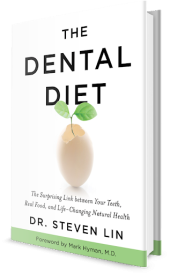
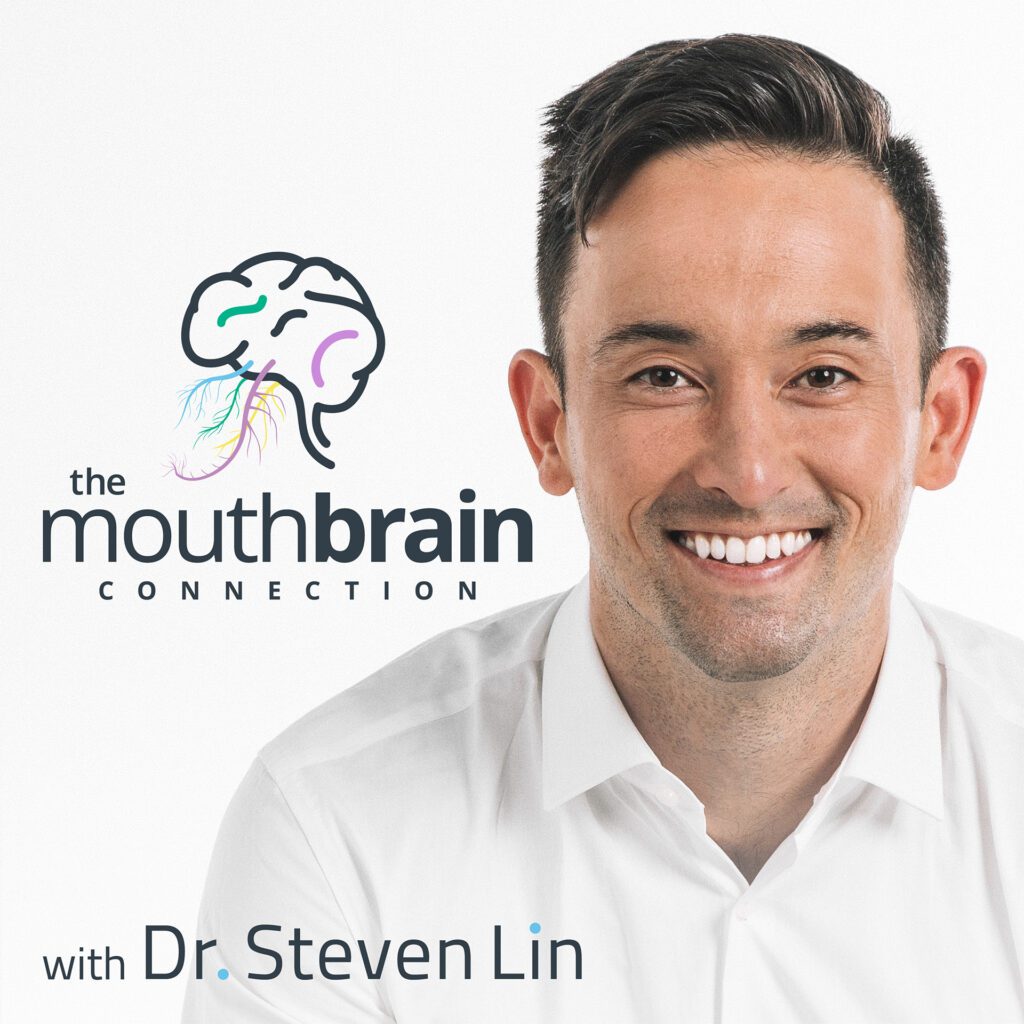

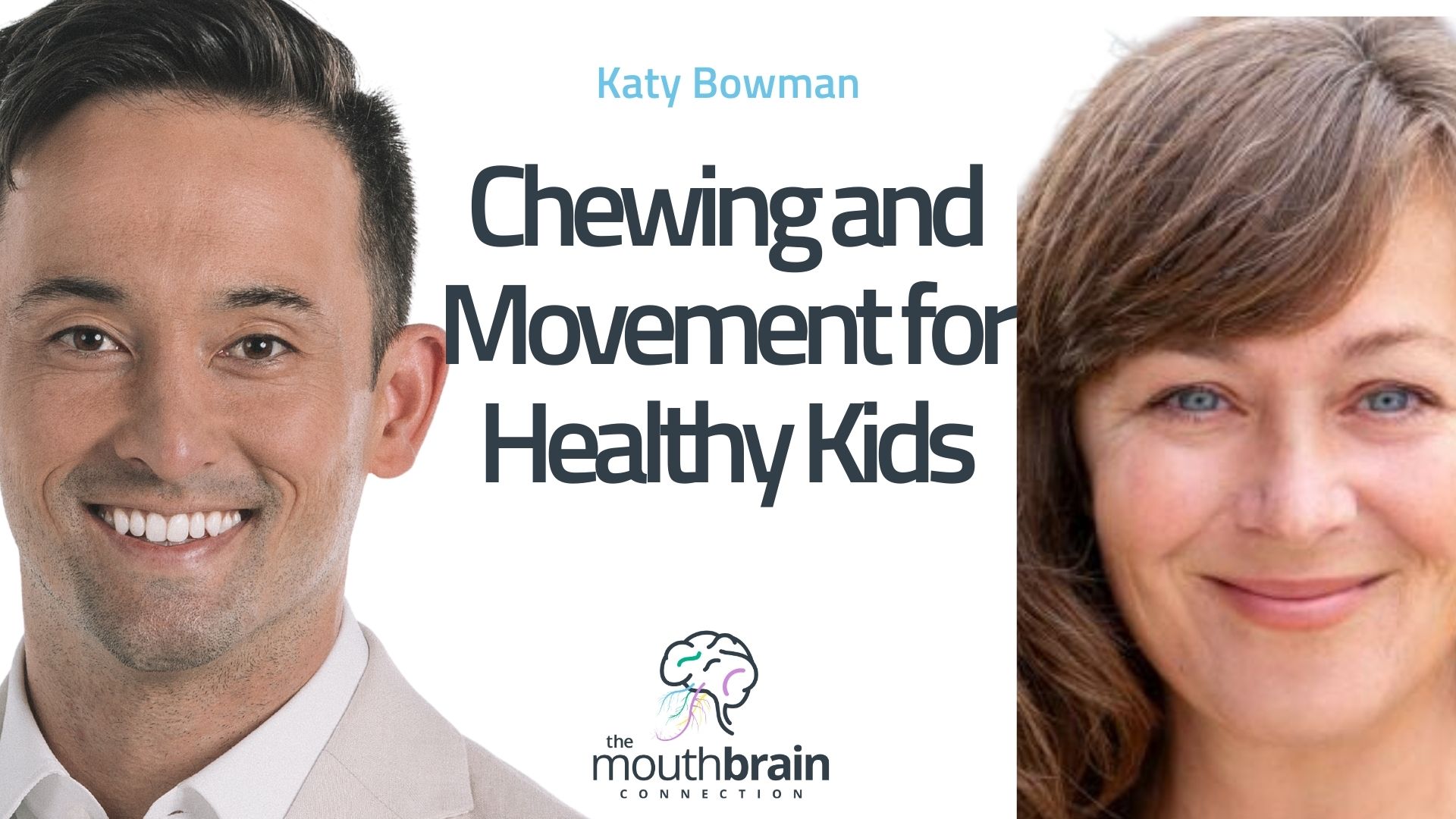
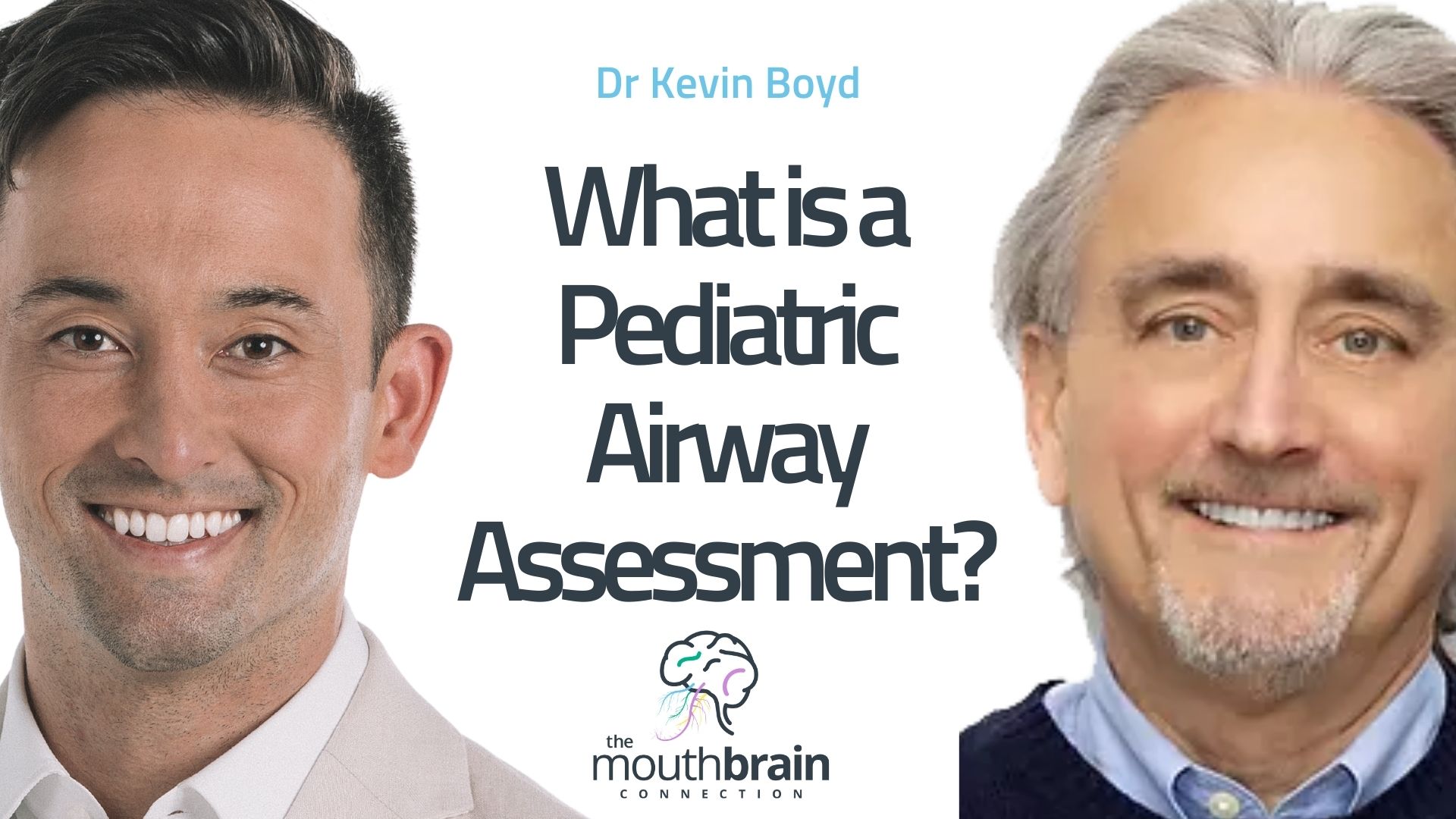
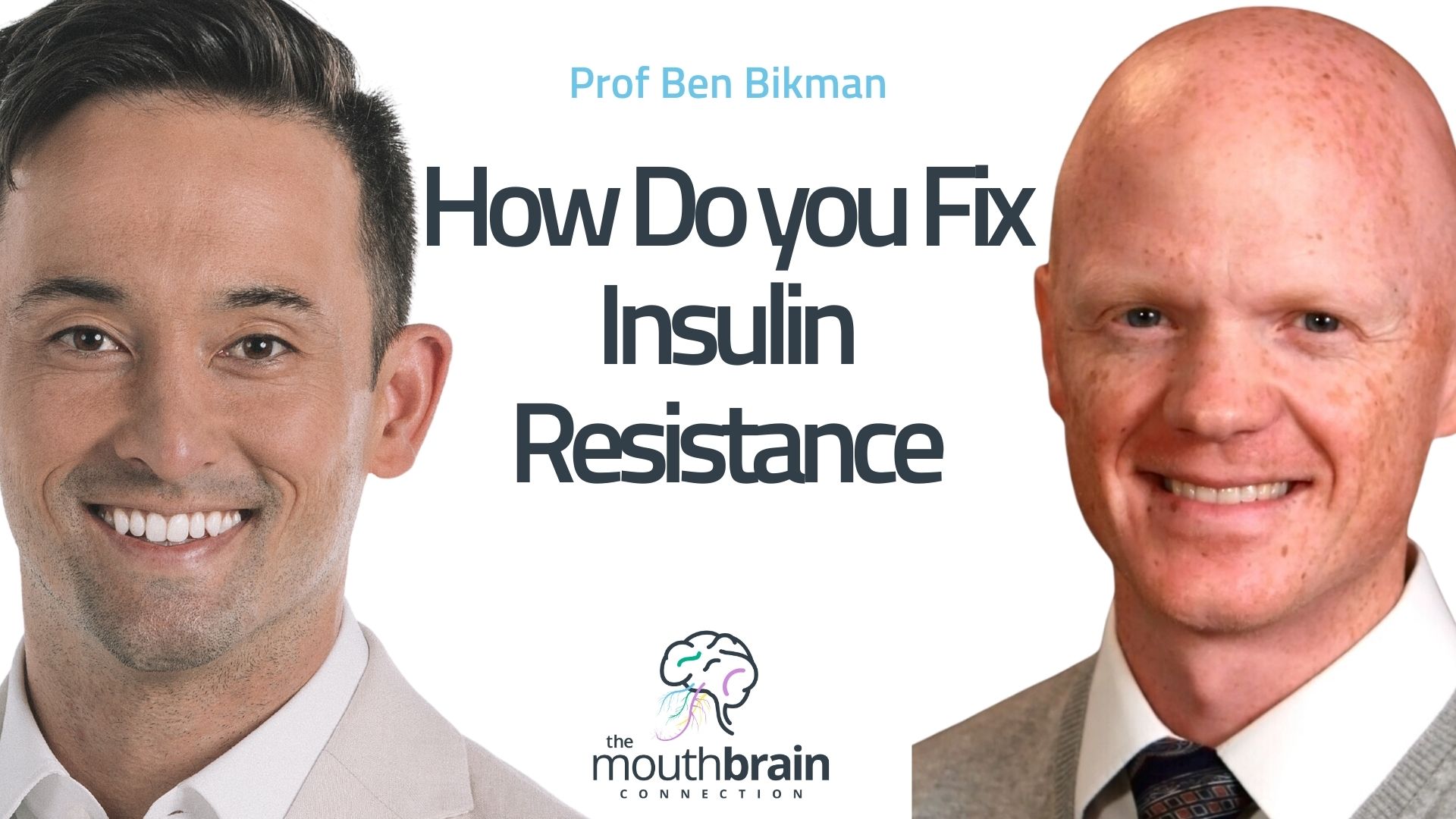

7 Responses
excellent article…congratulations
Thanks guys, I appreciate your support and glad you enjoyed it.
We, our office, started using an oral probiotic about 6 months ago. Evora Pro is the brand.
Thanks for the great article.
As a physician trained at UC Irvine Medical School, i continue to be surprised to notice how little organized medicine sees the correlation between poor dental hygiene and major medical illness. Can you offer any other sites of information that describe the pathophysiology of this problem?
Hi Greg,
You’re unfortunately correct, the correlation is poorly communicated and understood. Dr Al Danengberg (https://drdanenberg.com) is a specialist periodontist who is very focussed on these connections (especially the gut to periodontal disease which I think is particularly pertinent).
Dr Steven Lin,
For Gum Disease Treatment, you recommend:
Lactobacilli Reuteri
Lactobacilli Brevis
How do you keep these strains Inside your mouth?
Are they effective if you swallow them in a capsule form?
Thanks
Chris
Hi Chris,
These probiotics can be taken via oral solution. These will usually come with other strains so look to get the whole spectrum
Hope this helps.